When it comes down to how to overcome health anxiety it should be said that health anxiety is a symptom and not the root of what you’re dealing with. Often the fear of dying, the fear of authentic living, the desire for increased control and the overwhelming need for certainty play a leading role in the development of health anxiety. This is important to keep in mind as you go through this post.
How to Overcome Health Anxiety: 5 Effective Strategies
If you’re stuck in the cycle of constantly checking your symptoms, Googling worst-case scenarios at 2 AM, or fearing every bodily sensation—believe me, I’ve been there. Health anxiety isn’t just about the body; it’s about the stories we tell ourselves about the body.
Years ago, I believed every ache was cancer, every headache was a tumor, and every flutter in my chest was my last moment on earth. That constant loop of fear wore me down, not just emotionally but physically. I wasn’t just scared—I was exhausted. But something eventually clicked: I couldn’t think my way out of health anxiety—I had to feel my way through it.
You see, the true breakthrough in healing health anxiety begins the moment you realize you don’t need to fix every thought—you just need to stop feeding it.
Thinking about your thinking creates tension, fear, and more thinking. It’s the loop that keeps health anxiety alive. But what if, instead of wrestling with your thoughts, you practiced not thinking, even just for a breath or two? In that pause, you become aware of the emotion under the thought—just feeling it without analyzing, without judging.
That emotion isn’t you. It’s the lower self, the inner thinker, trying to convince you that not thinking is madness, that silence is dangerous. He (or she) relies on emotion being quicker than perception, tricking you into believing his fear is yours.
But the deeper truth—the real you—is always underneath.
Still. Alive. Whole. You don’t find clarity through more thought, you find it in presence. Intelligence needs no force. So next time you catch yourself thinking, don’t get frustrated. Smile. In that moment, you’re already free.
Here are five strategies that helped me and those I work with through my anxiety recovery programs climb out of that terrifying place—and number five changed the game completely.
1. Shaking: Release the Fear Energy, Reset the Mind
Let’s get one thing straight: your thoughts are not just “in your head.” They’re shaped by the state of your nervous system.
When your body is holding on to fear energy—what trauma experts call “uncompleted stress responses”—your brain scrambles to make sense of it. So it turns to the body and says, “Something must be wrong with us.” Then it spirals.
Shaking is nature’s reset button. Animals do it instinctively after stress. But we, humans, suppress it.
In one 2017 study from the Journal of Traumatic Stress, trauma survivors who engaged in neurogenic tremoring (spontaneous body shaking) experienced significant reductions in anxiety and hypervigilance.
Personally, I began shaking after I realized I had stored years of unprocessed anxiety in my shoulders, stomach, and chest. At first, it felt silly. But then something wild happened: my obsessive thoughts started slowing down. I wasn’t fighting thoughts anymore—I was draining the fuel behind them.
Implement this: Stand with soft knees, breathe into your belly, and let your body move. Shake your arms, your legs, your torso. Let your nervous system do what it was designed to do.
2. EFT – Emotional Freedom Technique (Somatic Tapping)
If you’ve ever tried to “logic” your way out of a panic attack, you already know—it doesn’t work.
EFT, or tapping, works differently. It bypasses your inner overthinker and goes straight to your body’s energy system. You gently tap on meridian points (like acupuncture but without needles) while voicing the fear or belief you’re working through.
A 2016 meta-analysis published in The Journal of Nervous and Mental Disease found that EFT significantly reduced cortisol levels and improved symptoms of anxiety and depression.
Back when I was terrified of my heart skipping beats, I’d tap on my collarbones while saying:
“Even though I’m afraid something is wrong with my heart, I accept that this fear is valid—and I’m open to feeling safe.”
That simple ritual gave me space from my panic. It became a bridge back to safety. If you’d like to start EFT I would recommend doing this video on YouTube specifically on Tapping for Health Anxiety starting today.
3. Mindful Movement: Anchor Into the Now
Movement isn’t just about fitness—it’s about reconnection.
When I was in the pit of health anxiety, I would mentally check out of my body. I was hyper-aware of every twitch, but emotionally disconnected from myself. Mindful movement brought me back online.
Whether it was gentle yoga, tai chi, or simply walking while paying attention to my feet—moving with awareness began to soften the fear that lived in my muscles.
A 2020 study in Frontiers in Psychology showed that just 10 minutes of mindful movement significantly improved interoceptive awareness—your ability to feel and interpret signals from your body without panicking.
You don’t need a fancy routine. Just move. And while you do, whisper to yourself:
“I’m here. I’m safe. I’m not broken.”
4. Humor: Take the Power Back
This one might sound odd, but hear me out. Health anxiety is serious—but taking it seriously all the time only gives it more control.
Humor is a pattern interrupt. It rewires the brain’s threat response by shifting the emotional tone.
Laughter increases endorphin release, reduces cortisol, and improves immune response (according to a 2014 review in Alternative Therapies in Health and Medicine).
I started making light of my worst-case thoughts:
“Well, I guess if this headache really is a brain tumor, at least I won’t have to do taxes next year.”
That tiny crack of humor made space for perspective. It was my way of saying, “You don’t scare me like you used to.”
Health anxiety thrives in seriousness. Break the spell. Laugh.
5. Living in Defiance of Your Fears (The Key to Lasting Change)
This is the big one. The linchpin around how to overcome health anxiety.
Healing doesn’t mean your anxiety symptoms disappear overnight. It means you stop waiting for the fear to go away before you live your life.
At some point, I realized I could keep checking my pulse every hour… or I could get out and do the damn thing with the fear in my pocket.
Living in defiance of your fears doesn’t mean pretending you’re not anxious. It means saying:
Yes, I feel fear—and I’m doing it anyway.
You might still feel the heart palpitations. You might still hear the anxious voice whispering worst-case scenarios. But you’re not bowing to it anymore.
There’s a concept in psychology called exposure with response prevention (ERP)—it’s a gold-standard treatment for health anxiety. It teaches your brain, over time, that the feared outcome doesn’t happen… or that even if it did, you’d survive it.
But I like to think of it more simply:
Health anxiety doesn’t get to decide what kind of day I have anymore.
When you start acting against your fears—by going to that dinner, skipping that Google search, or walking outside without checking your pulse—you tell your brain: “I’m not in danger.” And eventually, it believes you.
Final Thoughts on How to Overcome Health Anxiety
You’re not broken. You’re not weak. You’re not crazy. You’re a human being whose nervous system has been stuck in survival mode for too long.
Overcoming health anxiety is not about mastering your thoughts. It’s about changing your relationship with your body—with your fear, your energy, your story.
So shake. Tap. Move. Laugh. And most of all—live in defiance.
I know it’s hard. But I also know you can do this. I’m not speaking from theory—I’m speaking from the other side.
And if I made it out of that dark pit, so can you.
Dennis


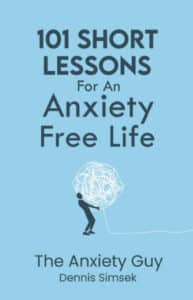

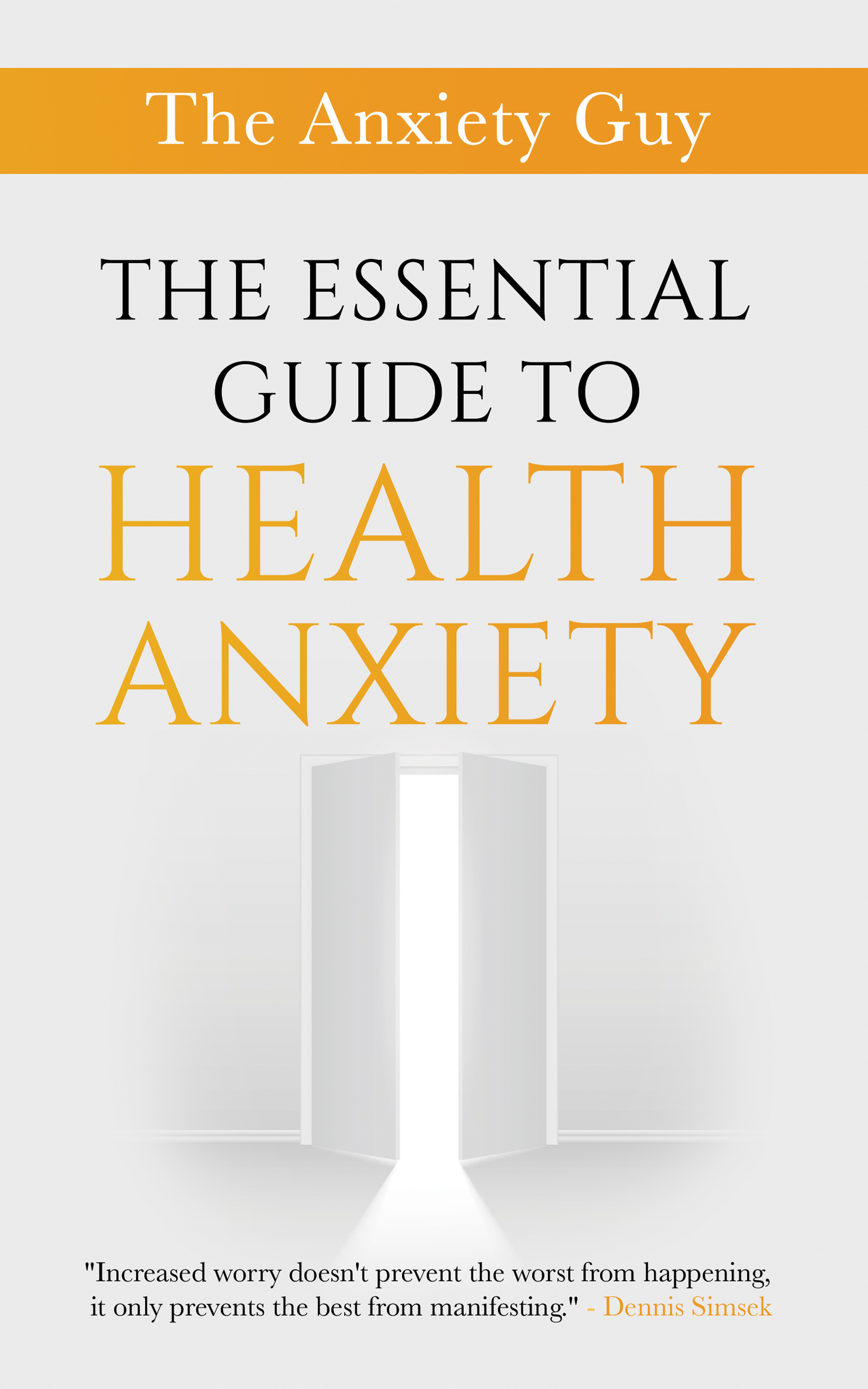
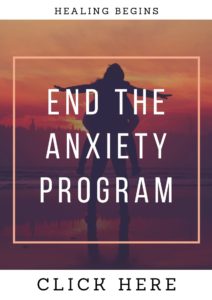
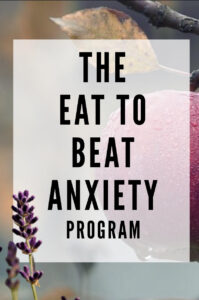



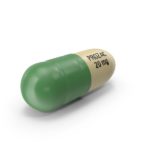


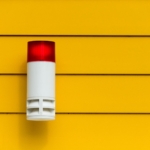






Thanks for sharing these helpful techniques for dealing with anxiety. I tried the tapping myself and it felt silly but it did seem to help. I never heard of shaking before so thanks for sharing something completely new to me.
Thanks for sharing your experience.